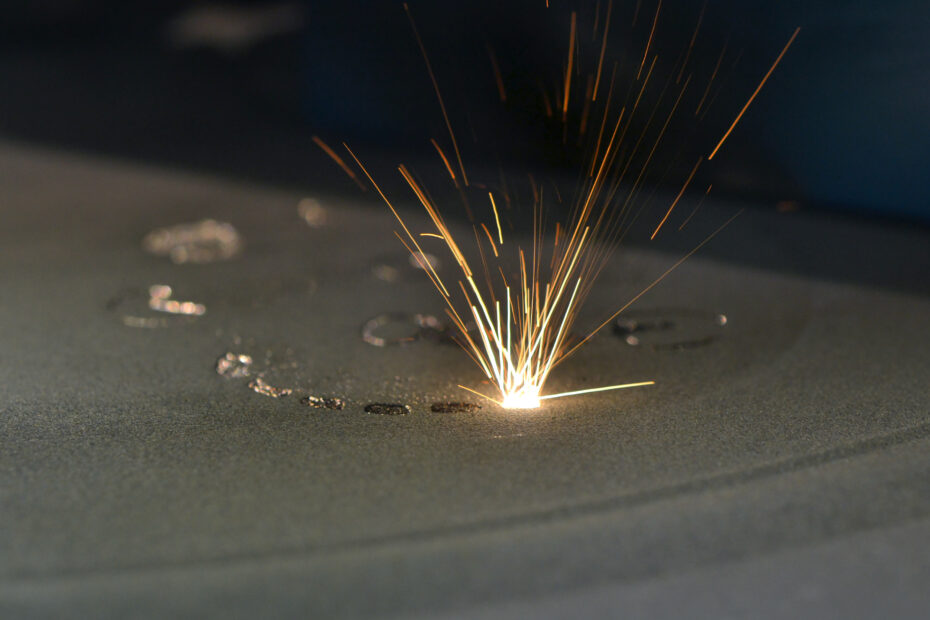Currently more than 70% of clinically used implants are made from metallic materials, such as stainless steel, cobalt chromium alloys, titanium alloys and others. However, in vivo results of such metals indicate some complications, such as stress shielding and poor bone attachment, limiting their structural capabilities for implant applications.
With 3D printing it is possible to design and manufacture complex structures, which are otherwise not possible with conventional manufacturing methods. Therefore, it is possible to control the implant’s porosity, surface area, surface roughness, and mechanical properties and ultimately reduce the effect of stress shielding between bone and implant. However, the choice of material is essential to meet safety requirements, biocompatibility and sterilization requirements.
Therefore, we have created a bio-metals database that can be used as a guideline for the design and manufacturing of a variety of 3D printed orthopaedic implants.
3D Printing Techniques
3D printing is a very promising technique for the mass production of patient-specific medical implants. There are several Additive Manufacturing (AM) processes available for printing bio metals:
- Selective Laser Sintering (SLS)
- Selective Laser Melting (SLM)
- Laser Direct Metal Deposition (LDMD)
- Selective Electron Beam Melting (SEBM)
- Laser Induced Forward Transfer (LIFT)
- Atomic Diffusion Additive Manufacturing (ADAM)
- Nanoparticle Jetting (NPJ)
- Inkjet 3D printing / Binder Jetting (3DP)
Each technique has its own advantages and limitations and not all techniques are suitable for each type of metal. During the design phase of your device, it is crucial to study the differences and decide which material is best for purpose. For a complete overview download the whitepaper.
Metallic nondegradable and biodegradable metallic biomaterials in orthopaedics
There are several metallics that are currently used in the orthopaedic field in a clinical setting or that are under development. In the white paper we compare Titanium, Tantalum, Cobalt Chromium, Nitinol and Stainless on several elements, such as Yield strength, Vickers hardness, elongation and ultimate strength (among others). We also discuss their biocompatibility and provide examples of current applications.
Treatment of bone defects with permanent implants is yet one of the challenges in orthopaedic surgery, as the current clinical solutions can be associated with long term complications such as infection, wear or failure. These complications potentially can be minimized by implanting bio-materials which degrade over a certain period of time. In this white paper, we also discuss biodegradable metals suitable for 3D printing that are used in the orthopaedic field such as Magnesium and Zinc.
Unlimited possibilities, but standardization is key
Only few metals are available for 3D printing, so there is a need for more high-quality materials that can be used in a medical setting. However, there are strict requirements on the raw material that need to be controlled, while multiple safety, biocompatibility, degradation performance and biological activity need to be assessed before they can be used in living tissue. The lack of standardization makes it difficult to release new materials. You can find out about the quality requirements for 3D printed spinal implants and the essential steps for standardization in our previous white paper.
We hope this whitepaper will guide you in deciding which material to use. Keep a look out for our next whitepaper as well on plastics that can be used for 3D printing implants!

